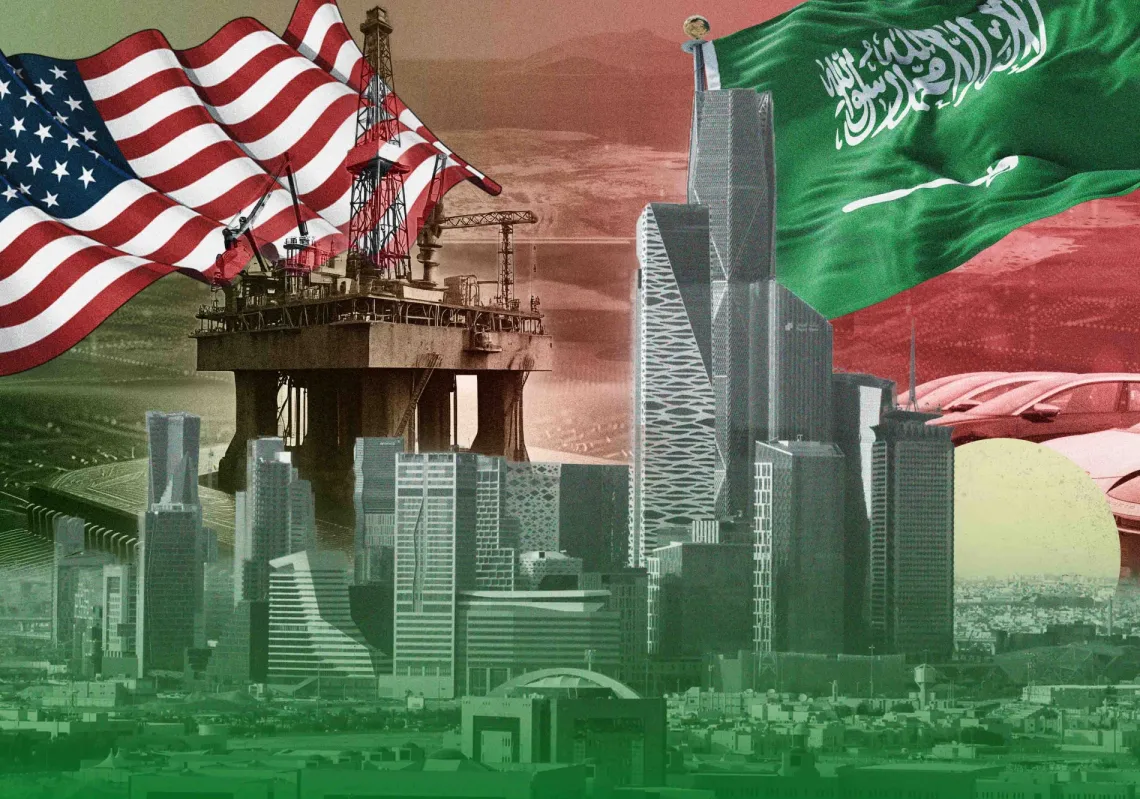 The town of Hama in Syria. Hama was the scene of the 1982 massacre of up to 30,000 citizens by the armed forces in the face of an uprising by the Muslim Brotherhood. Credit: Matthew Lloyd.[/caption]
The town of Hama in Syria. Hama was the scene of the 1982 massacre of up to 30,000 citizens by the armed forces in the face of an uprising by the Muslim Brotherhood. Credit: Matthew Lloyd.[/caption]
[inset_left]Ashes of Hama: the Perilous History of the Syrian Muslim Brotherhood
Raphaël Lefèvre
C. Hurst & Co. (Publishers) Ltd.
April 2013[/inset_left]
Syria was the first modern Arab state to come into existence and the first Arab republic to elect its president, and it had the first Arab army to procure arms from the Soviet Union. Syria was also the first Arab democracy to elect an Islamist to parliament (Mustapha Al-Sibai in 1947), and the first Arab dictatorship to witness an armed jihadist insurrection (waged by the Fighting Vanguard, 1975–1982).
Syria, then, has something of the pioneering spirit; where its elites have led, other Arabs have tended to follow. This is especially true of the Islamists, whose journey from the ballot box to violent insurrection, and now seemingly back to the ballot box once again after the Arab Spring, appears largely to have been foreshadowed in the story of one organization in particular: the Syrian Muslim Brotherhood. It therefore came as something of a bittersweet irony for me, a Syrian, to learn that the first authoritative political history of that organization was written by a young Frenchman at Cambridge University.

That is not to take away anything from Raphaël Lefèvre, who, in his encouraging first book Ashes of Hama: The Perilous History of the Syrian Muslim Brotherhood, seeks to bridge the considerable gap in the knowledge of the Syrian Brotherhood’s ideological evolution and internal politics without resort to partial sources. In the process, he has written a work of tremendous importance to anyone seeking a nuanced understanding of the dynamics driving the revolution in Syria, whose violent and sectarian turn has left many looking for answers.
Unlike many of the offerings of late, this book on Syria has not been written hastily, lazily or politically. Lefèvre comes across as a scholar with a delicate appreciation for continuity in an area of the world where history moves slowly. He correctly identifies the origins of the Syrian Muslim Brotherhood in the Salafi movement of 1860s Damascus, where a number of reformist religious scholars attempted a selective revival of Ibn Taymiyyah’s thought.
Ibn Taymiyyah was a pioneer in his own right, and he was ‘Syrian’ inasmuch as he was an influential theologian of fourteenth-century Damascus. Although he is not considered progressive today, his ideas nonetheless provided the intellectual ammunition for many reformist movements within Islam that sought to confront the challenges of European domination through fundamentalism. Whether in the Salafi movement of the Najd, the Ikhwan (Brotherhood) of Egypt, the Sanusia of North Africa, or the contemporary worldwide jihadist current, Ibn Taymiyyah’s ideas on what it means to be a “real” Muslim were hugely influential.
In Syria, this brand of revivalist Islam accommodated for democracy when the elites that championed it were able to play the parliamentary game. Once the country slipped under Ba'athist dictatorship, however, those elites had to find alternative arenas to probe and challenge. With an eye firmly set on the present, Lefèvre reminds the reader of the formative impact of Syria’s first (and failed) Islamist ‘revolution’ of the late 1970s and early 1980s, which in turn profoundly shaped the Syrian government’s attitude to the current one. Sectarian strife, regionalism, class struggle, the fragmentation of the army, and the jihadist phenomena: all these have their antecedents in Syria’s not-so-distant past.
Ashes of Hama, then, is a sophisticated study that treats the Muslim Brotherhood in Syria less as a local franchise of a global brand and more as an organic expression of a largely middle-class and urban Sunni conservatism. Relying on a large number of first-hand interviews and the memoirs of key players, Lefèvre charts the Brotherhood’s rise from humble and relatively moderate beginnings to becoming the Syrian government’s most dangerous enemy, membership in which is still punishable by death. It is a voyage into the murky underbelly of an organization where truth and rhetoric are difficult to prize apart, and where codes of silence and a culture of opacity has made Lefèvre all the more enterprising.
Where the book is letdown is where Arabic words have been misspelt, or where there are gaps in the knowledge. For instance, the social and ideological roots of the Muslim Brotherhood’s Hama and Aleppo factions are dealt with superficially, and there is no mention of the negotiations that took place in 1979 between Brotherhood leaders and Hafez Al-Assad prior to their declaration of an all-out jihad that same year.
These, however, are minor oversights that take little away from a book that is highly readable, well researched, and long overdue. As a study it breaks new ground; my only wish is that it had been written by a Syrian.








